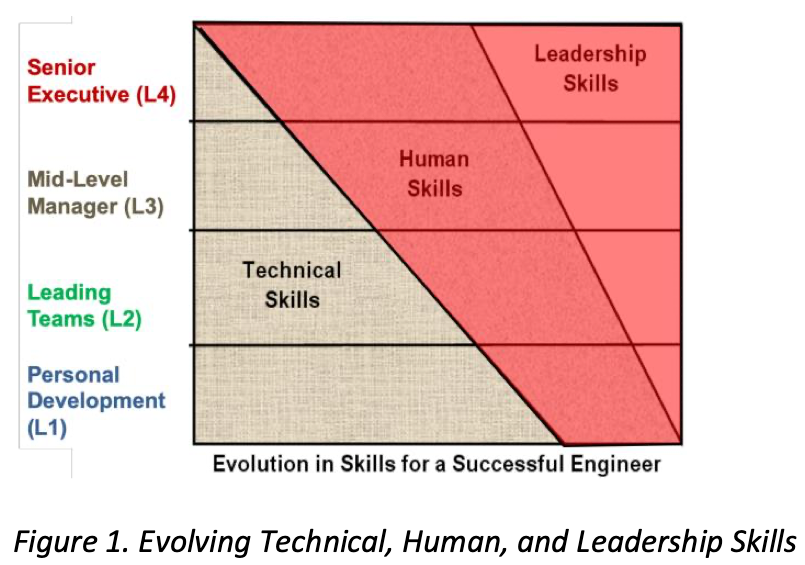24 The Future of the Construction Industry
Learning Objectives
After reading this chapter, you should be able to:
- Understand the trends that are impacting the future of the construction industry
- Describe the characteristics that need to change to advance the construction industry
- Assess your role in advancing the industry and your future knowledge and skills
We started this book, in Chapter 1, discussing some ongoing trends in the construction industry. As we come to the end of this book, we will summarize some of these trends, and the role that everyone plays in transitioning our industry to improve overall value delivery.
Trends Impacting the Construction Industry
Our industry must change! The construction industry has been broadly criticized as an industry that is slow to change. Many other industries have more broadly adopted technology, shifted to more automated processes, and leveraged information and data to improve their operations. We also know that the built environment is a major contributor to energy consumption, resource use, and greenhouse gas emissions. We need to continue to find better ways to reduce the impact of our industry on the overall environment.
The Changes Occurring in the Construction Industry
Our industry is changing.
Automation
Sustainability
Modularization
Assessing Your Role in Changing the Construction Industry
You can be an agent for change within our industry. We need everyone to find new, more efficient, and more sustainable methods to improve our industry and the built environment that is the product of our industry.
Concluding Remarks
I hope that you have enjoyed this book to expand your technical skills related to construction management. With that said, I’ll end with an important discussion of the need to expand both human and leadership skills. Bill Badger (2019) developed an interesting summary of Organizational Leadership that defined several core items to consider:
- Education and training is not an expense, it’s an investment.
- Taking care of your people is the key to successful organizational leadership.
- People are the one sustainable competitive advantage every business has.
- People matter, it’s all about people, unleash the power of your people.
- Organizations (leaders) must be good communicators to be successful. Communication is the “it” factor.
Badger also defined the shifting skill sets that you will need as you progress through your career, shifting emphasis from technical skills to higher degrees of human skills and leadership skills.

In the words of Bill Badger, ‘you are hired for your technical skills, you are fired for your lack of people skills, and you are promoted for your leadership skills.’
Review Questions

